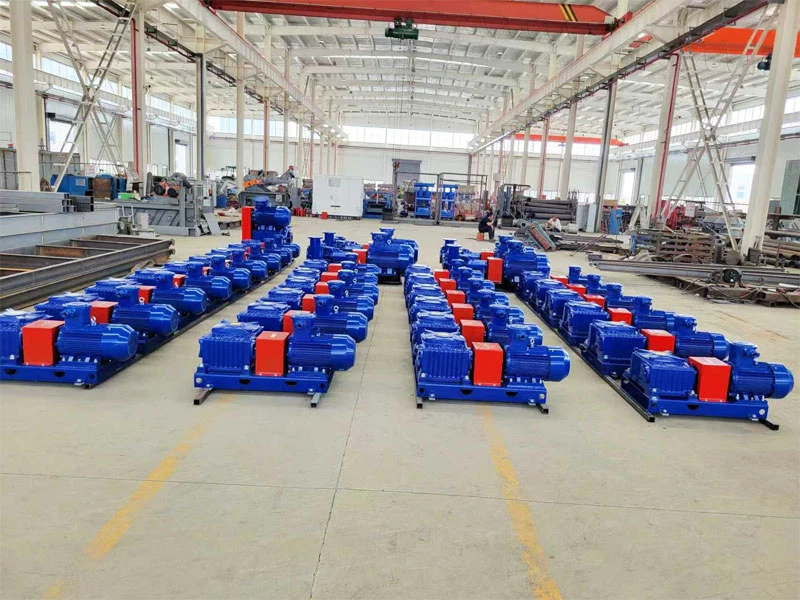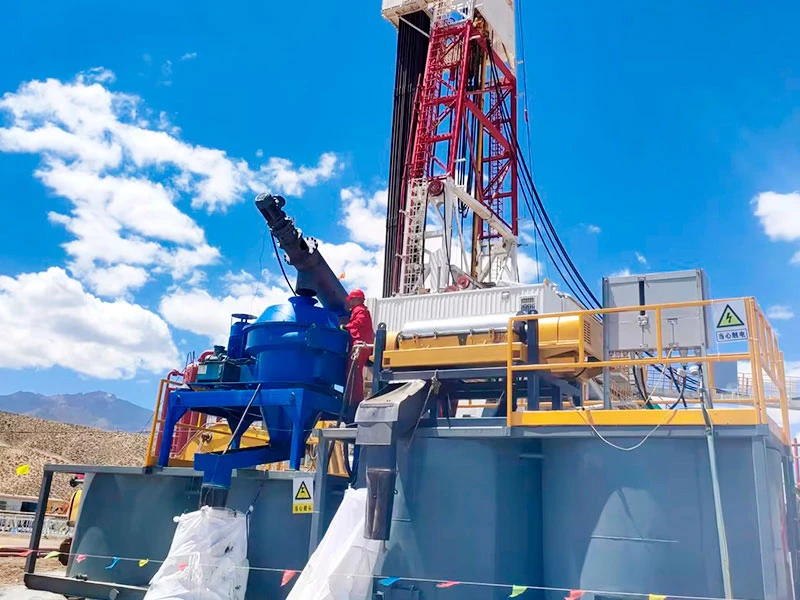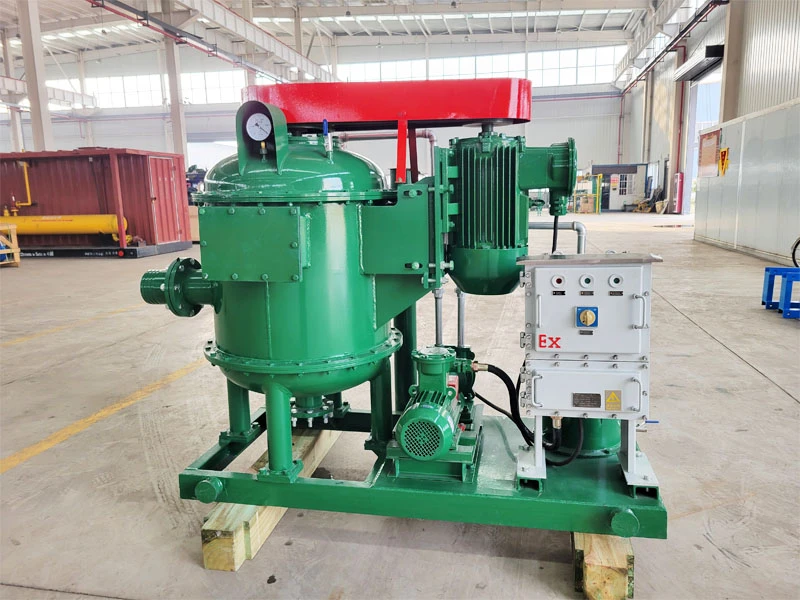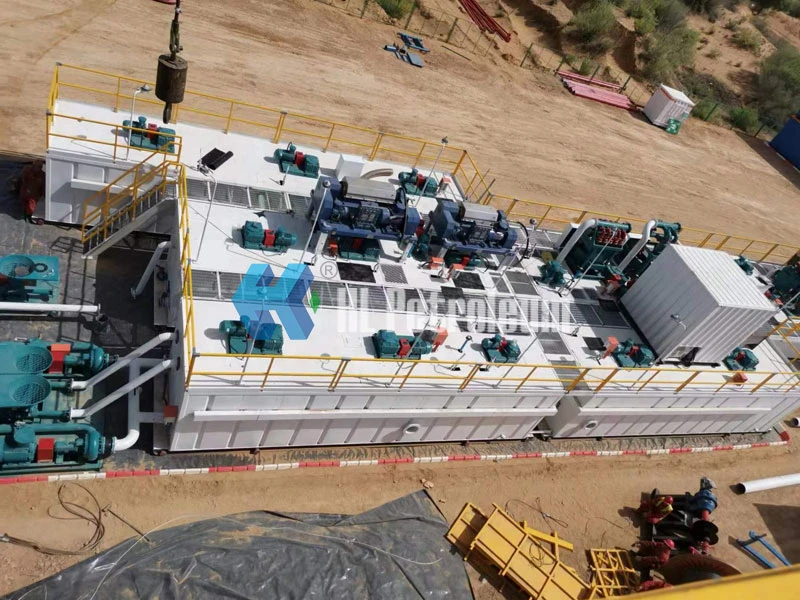How High Should the Agitator Impeller Be from the Tank Bottom? When designing a mud tank agitator, determining the height of the impeller from the tank bottom is crucial. This height directly impacts the agitator’s efficiency and the quality of mud mixing, especially in oilfield drilling environments. Therefore, when purchasing a mud agitator, it’s important to discuss the technical requirements with the supplier so that the agitator shaft can be designed to suit the drilling site.
First, consider the impeller’s height from the tank bottom. If it’s too close, the agitator can ingest solids, leading to wear or clogging and poor mixing. If it’s too far, it won’t mix the mud at the bottom, resulting in poor performance. A good balance is crucial for proper operation and effective mixing.

Second, you should determine the impeller’s height from the tank bottom based on the mud’s characteristics (viscosity and density) and actual drilling conditions (drilling depth and wellhead conditions). Generally, when working with higher-viscosity muds, slightly raise the impeller from the tank bottom to prevent the agitator from drawing in excessive solids, which could affect the equipment’s lifespan and performance. For denser muds, the agitator requires sufficient space below it to ensure the impeller operates normally without restriction.
Finally, the agitator’s design should determine the height of the impeller from the tank bottom. As an agitator manufacturer, Xi’an HL Petroleum provides recommendations and guidance to assist with proper installation and adjustment. When installing the agitator, it’s important to strictly follow the provided instructions and make adjustments based on actual conditions to ensure optimal performance.
Therefore, when selecting an agitator, you must thoroughly communicate with the supplier about your drilling site conditions so they can design a mud agitator tailored to your site, which you can then install directly on the mud tank.


